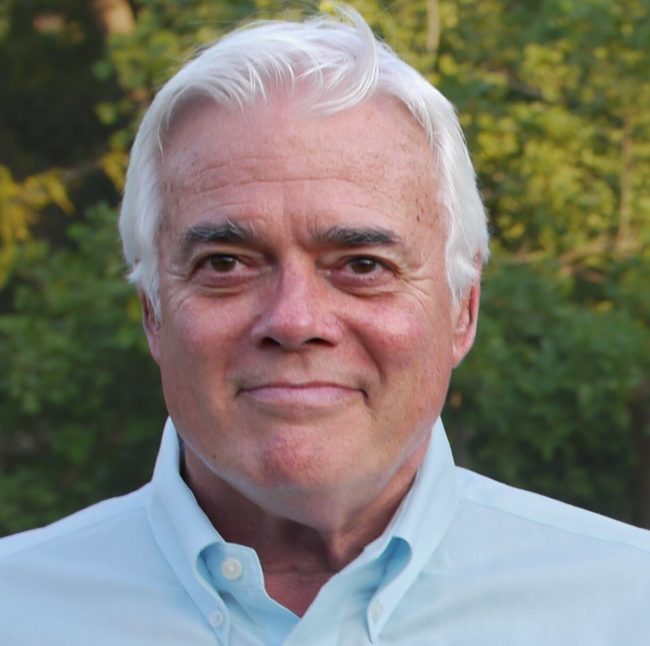
Developing good communication skills can be a challenge for many people. And it can be even more challenging for those who have been incarcerated and who may not have the past role models and resources that many others rely on.
Upon reentry, it’s important to understand how to communicate effectively, and one way to do this is to learn nonviolent communication. The purpose of this practice, developed by clinical psychologist Marshall Rosenberg in the early 1960s, is to create a way of connecting that shows empathy and concern for other people’s wellbeing.
It’s the opposite of violent communication, which causes harm to ourselves and others and is based on being judgmental, criticizing or threatening, bullying, blaming others, name calling or forcing people to do something so you can get your way. Violent communication can become the default for many people, whether they have a history of incarceration or not.
Nonviolent communication has been used for everything from improving personal and workplace relationships to reducing violence in some of the world’s most war-torn regions.
The power of words to transform
Words are very powerful, and, through learning the skill of nonviolent communication, we can use them to tell other people how we feel, let them do the same for us, and, as a result, create situations that will benefit everyone involved.
The life-changing benefits of nonviolent communication include learning how to:
- Effectively and peacefully resolve conflicts of all types, from personal to global conflicts.
- Enhance personal relationships by improving listening skills and emotional connections.
- Develop growth and healing through transforming shame and depression into personal empowerment – and eliminating pain from the past.
- Handle anger management so it doesn’t lead to behavior you’ll later regret.
Nonviolent communication has been used for everything from improving personal and workplace relationships to reducing violence in some of the world’s most war-torn regions.
Learning nonviolent communication
But exactly how can you learn this process of nonviolent communication?
One way is to take a free online class in compassionate communication through the Santa Barbara Community College School of Extended Learning.
In the course, taught by Rodger Sorrow, a nonviolent communication certified trainer, you will learn how to understand yourself better, improve the quality of connection in your relationships and be able to communicate more effectively with others in a way that will help you move ahead with your life.
One of the most important skills students will learn, according to Sorrow, is the skill of connecting to self. “Connecting to our own humanity. Connecting to our own needs and values,” he says. “You’re empowered to express what’s important to you, what your values are. Because you know what’s going on inside of yourself, you can focus on me and give me all of your attention.”
Other skills students will be taught
By participating in the compassionate communication course, students will also learn how to, among other things:
- develop empathy for others.
- listen more fully by being present.
- be honest by using compassion instead of criticism or blaming.
- understand how to deal with a situation when someone says “no” or when you yourself need to say “no.”
- how to effectively hear and express anger.
Each series of classes lasts eight weeks and takes place from 6:15 to 8:45 PST. The course is offered twice each semester, plus a shorter session of six weeks during the summer semester.
The classes usually average 25 to 30 people. Students are not only from California, but about six each semester come from out of state as well as other countries.
How the classes work
Each class consists of several parts that include a lecture and practical application of what is learned.
“First, I will share a concept and try to keep it 10 or 15 minutes,” says Sorrow. “Most of the learning, however, takes place when students start applying what I’ve shared this with them and do the exercises.” These exercises take place in breakout sessions with three people each. Students learn not only from evaluating their own experiences but also from the experiences of others. After the breakout session exercises, everyone comes back together and shares the highlights of their particular breakout group.
The non-credit class is free of charge to all students. California residents can apply online by filling out a form on the Santa Barbara Community College’s website. Out-of-state or international students need to email, Rodger Sorrow, for permission to audit.
You may also want to check out this peer-reviewed scientific comprehensive guide on Nonviolent Communication. It includes more details on the practice of NVC, its place in different life settings, worksheets, games, exercises and more. There are other free resources at the NVC official website. Neither of these is meant to be a substitute for the free online class, but we recommend them more as a way to satisfy your curiosity and if you would like to start learning more about the subject right away.


